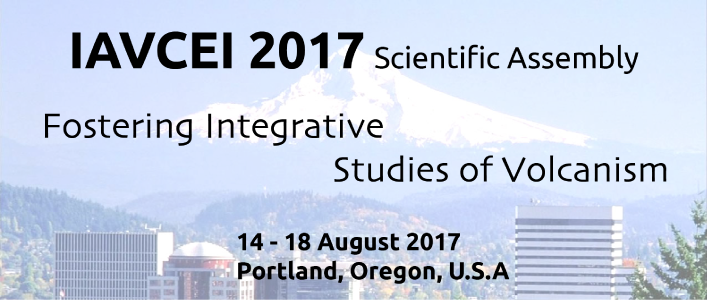Crater Lake and Newberry Volcano
Pre-meeting field trip, August 8-12; max/min participants, 32/24
This trip will introduce participants to two of the few caldera-forming volcanoes in the Cascades volcanic arc, both of which have existed for at least 400 ka. One lies on the arc crest, and the other is located in a rear-arc position. Participants will see a variety of effusive to explosive deposits of varying composition. Newberry has erupted basaltic to rhyolitic products and Crater Lake/Mazama has erupted basaltic andesitic to rhyodacitic products. Particular highlights will include amazing exposures of stratigraphic relationships along caldera walls at Crater Lake, vistas of volcanic vents, faults, and volcanic deposits, and visits to a variety of deposit types including an obsidian flow, basaltic lava flows, pyroclastic fall and flow deposits, and volcanic breccias.
Logistics:
Participants will depart Portland in the afternoon of Tuesday, August 8th and will travel first to the Diamond Lake Lodge, north of Crater Lake. We will spend 2 full days at Crater Lake National Park (August 9 and 10) and will focus on the petrology and evolution of Mt. Mazama and the caldera-forming eruption that created Crater Lake. On August 11th, the trip will proceed to Newberry Volcano for 1.5 days that will include several stops within and overviews of Newberry caldera. Vans will return to Portland in the late afternoon of Saturday, August 12th, allowing participants a free day before the ice-breaker on the 13th and the start of the IAVCEI meeting. There will be walks up to 1 mile over moderate terrain. Weather conditions could range from hot to cold and rainy.
Estimated costs:
$840-$910/person depending on the number of participants.
Double-occupancy lodging is included at the Diamond Lake Lodge near Crater Lake and at a hotel in Bend, Oregon. Three dinners are included (August 8-10). Lunches are included August 9-12; snacks are provided each day.
Leaders:
Heather Wright, U.S. Geological Survey
Charlie Bacon, U.S. Geological Survey
Julie Donnelly-Nolan, U.S. Geological Survey
Bob Jensen, U.S. Forest Service


